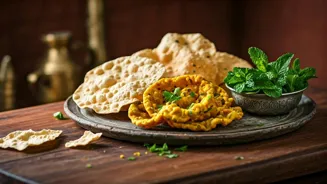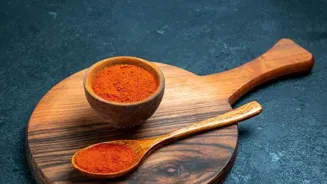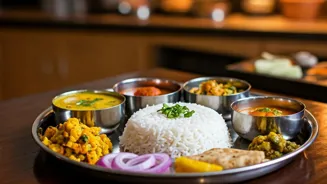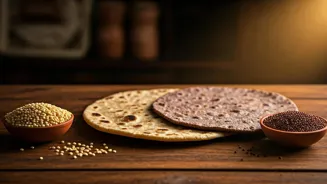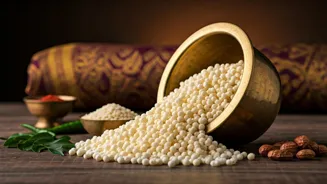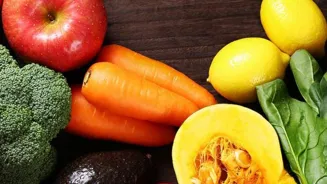What is the story about?
From festive feasts to everyday meals, papad is a beloved crunchy side. But, is this crispy delight as healthy as we believe? Let's find out!
Papad's Popularity
Papad enjoys immense popularity across India, served with almost every meal! It’s a crispy, savory snack enjoyed by all ages. This ubiquitous snack comes in various flavors and sizes, making it a versatile accompaniment. Its widespread use demonstrates its cultural significance.
Nutritional Breakdown
Papad is typically made from lentil flour (dal), but the nutritional profile can vary. It often contains a high amount of sodium. Some papads are fried, which can increase their fat content. It's essential to be mindful of these factors when considering papad's place in your diet.
Sodium Content Concerns
The high sodium content is a major concern with papad. Excessive sodium intake can contribute to high blood pressure, a significant health issue in India. Many people already consume high amounts of sodium daily, so papad should be eaten with caution.
Healthy Alternatives?
If you adore papad, consider healthier options. Opt for roasted papad over fried ones. Homemade papads are often a better option as you can control the ingredients. Look for low-sodium varieties to minimize the impact on your health.
Moderation is Key
Like many foods, papad can be part of a balanced diet when consumed in moderation. Being aware of the nutritional content, especially sodium levels, allows you to make informed choices. Enjoy your papad, but remember to balance it with a healthy lifestyle.
Do you find this article useful?
